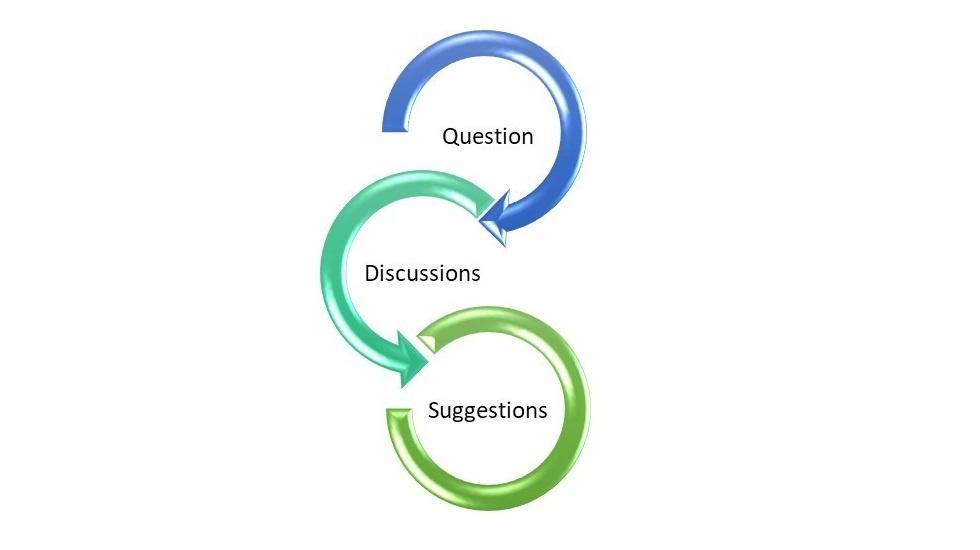What is Collaborative problem solving approach?
It could be stated as ‘Mutual sharing of knowledge and working together bringing forward the strengths of each other towards achieving a common goal or producing positive outcome’. This approach involves critical thinking, communication and social skills of the individuals involved and helps them develop a better understanding of the problem.
Why is this important?
Man is a social animal. To survive and to be ahead of time, we build and live in communities. The important aspect of this survival is to share and care for others. Behaviour development thus becomes an important part of societal norm. To develop this aspect among our younger generation this approach needs to be adopted in classrooms.
Where can this method be adopted?
This approach is valid for all type of institutions – Following are examples of this approach in educations institutions.
Pre-K teachers’ collaborative problem solving approach
Collaborative problem solving used in Math
How to use technology into collaborative problem solving (CPS)?
Collaboration involves sharing of ideas – technology provides a variety of platform for this to happen
- Social media
- Chatrooms
- Open forums
- Discussion strands – LMS
- Cloud based sharing
The latest addition to this process is of ‘Cloud based sharing’ – Google and Microsoft provide documental sharing through their drives. These can be monitored and tracked based on the activity logs. The Australian learning lecture provides a case study to show the use of technology in collaborative problem solving and how this can be measured.
What should be the focus areas when we consider CPS with technology?
When handling collaboration online, it is a must to train and monitor students on their online behaviour. ‘Start simple’ can be the type of engagement provided during initial stages of this approach. Give the students a simple question or a simple problem and allow them to handle discussions and provide suggestions to one another under your guidance online. You can use ‘Google docs’ or ‘Ms-word-online’ for the same.
Open platform is suggestible at the initial stages as teacher can put your comments without directly pointing the individual involved in the discussion, helping them understand the ‘rights and the wrongs’ of discussions. The approach can be more specific during the later stages of development.
Teacher monitoring continuous behavioural or discussion flaws to provide personal tracking will become beneficial in this case. Appreciation during such discussions should be towards the ‘points on discussion’ rather than individuals.
Topic assigning during collaboration should be focussed, thought provoking with scope for discussions and measuring skill along with knowledge. Broader topics give provision for scattering and derailment from the basic discussion.
Discussions allow the teacher to mark and grade students on variety of skills. However, it is essential, at the beginning of the process the teacher specifies the skills that would be marked or graded for the student for the given collaborative work. The entire focus of the teacher while grading need to be on the skills mentioned. Any deviation outside the skill-set of the topic during discussion can be given as a notification without grading.
Outcomes are essential for discussions. The set of priorities that have to be noted while providing outcomes should be specified during the question stage. Any deviation from achieving outcomes can be blocked or tuned out. All possibilities for outcomes indicated need to be emphasised towards the end of the discussion period. The process of arriving at the conclusion is more important than the conclusion.
The focus of this approach is to build social skills during problem solving or conflict resolution. With the limited time schools have, technology can be an added advantage to develop these skills among its students. The approach also provides scope for building communication in faceless meetings for the millennials. CPS becomes important in every sense for a global citizen after all ‘Training in a controlled atmosphere provides a larger scope of succeeding in the real world’.
